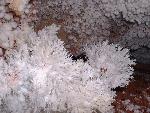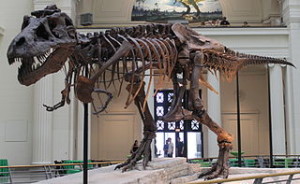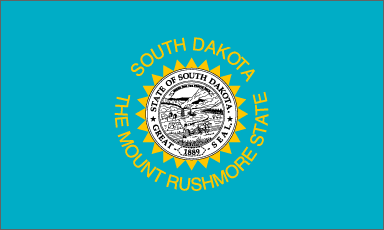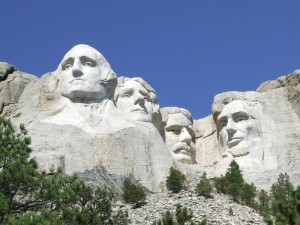
Cave Frostwork and Popcorn
Wind Cave National Park was established in 1903. The 33,500-acre park, located in South Dakota, hosts a mixed-grass prairie ecosystem with bison, elk, and prairie dogs. Below ground is a barometric wind cave with at least 137 miles of explored passages. The cave is unusually large and was formed by boxwork. Children can visit the park’s website and view some of its great multimedia presentations at: http://www.nps.gov/wica.



